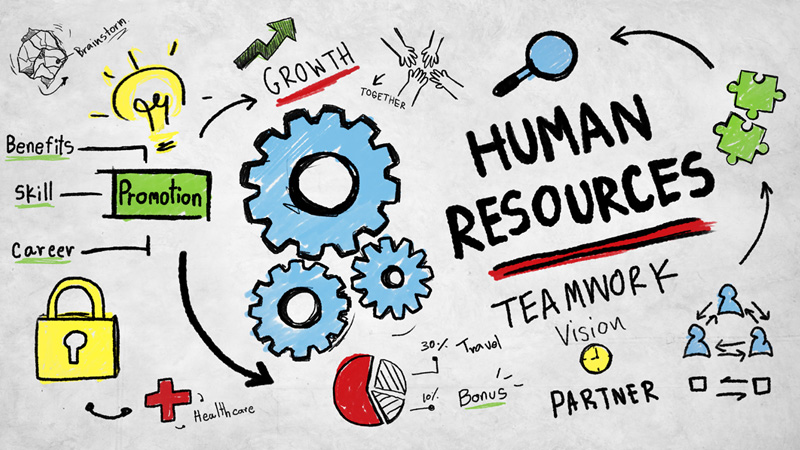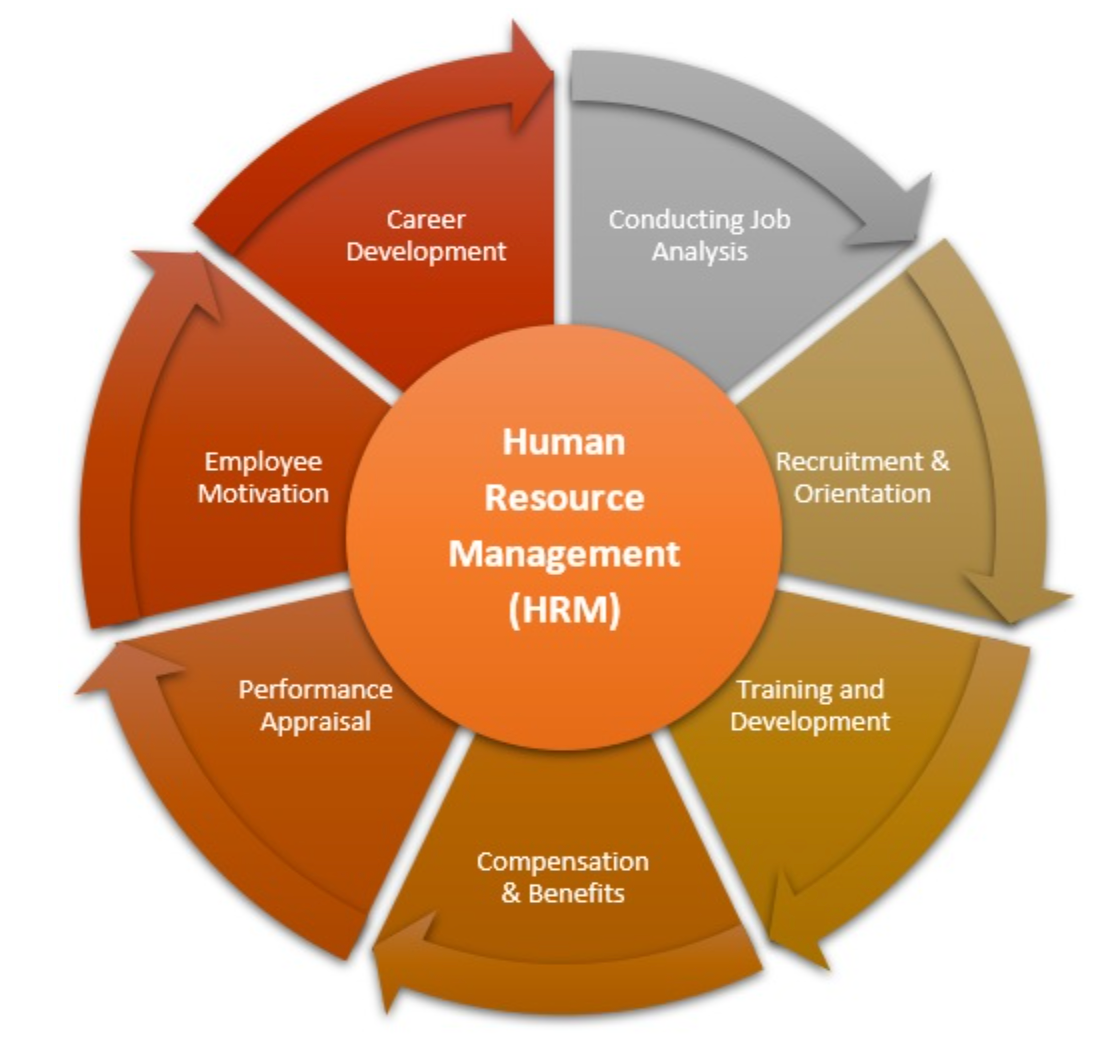Human Resource Management (HRM) handles people to help organizations reach their goals. It covers many tasks, from hiring and training to managing performance and employee relationships. This guide looks at the main parts of Human Resource Management showing why it matters and how it helps create a good place to work.

Image Source: XIBMS
The Main Jobs of Human Resource Management

1. Hiring and Picking Employees
Hiring: Hiring means finding and getting people who might be good for open jobs. HR teams use different ways to find the right people, like job ads social media, and hiring companies.
Selection: Selection has the goal to assess and pick the top candidate from the applicant pool. It includes interviews, tests, and background reviews to find the right match for the company.
2. Training and Development
Employee Training: Training programs aim to boost employees’ abilities and know-how improving their job output. This can cover technical skills, people skills, and rule-following training.
Career Development: Human Resource Management (HRM) also zeroes in on career growth helping staff move up in the company. This involves mapping out career routes giving guidance, and creating chances to climb the ladder.
3. Performance Management
Performance Appraisal: Performance management has an impact on setting performance standards evaluating employee performance, and giving feedback. Performance appraisals help to identify strengths, areas to improve, and align individual goals with organizational objectives.
Rewards and Recognition: Recognizing and rewarding employees’ achievements is essential to motivate and satisfy employees. HRM designs reward systems, including bonuses, promotions, and recognition programs, to encourage high performance.
4. Employee Relations
Employee Engagement: Employee relations aim to maintain a positive relationship between the organization and its employees. This includes creating a supportive work environment, promoting open communication, and ensuring employee well-being.
Conflict Resolution: HRM has a significant impact on workplace conflict management. HR staff members settle disagreements, look into complaints, and put conflict resolution plans into action to keep things running .
5. Compensation and Benefits
Salary and Wages: Compensation management involves deciding on fair and competitive pay for employees. This includes doing market research comparing salaries, and creating pay structures.
Benefits: Employee benefits are a key part of HRM, including health coverage, retirement options, paid time off, and wellness initiatives. These perks help to attract and keep talented staff boosting overall job satisfaction.
6. Legal Compliance
Labor Laws and Regulations: HRM makes sure the organization follows labor laws and regulations. This covers employment contracts, workplace safety anti-discrimination laws, and employee rights.
Ethical Standards: HR professionals stick to ethical standards in all HR practices. They promote fairness, openness, and honesty within the organization.
The Role of Technology in Human Resource Management
HRIS (Human Resource Information Systems): Technology has a big impact on HRM. HRIS systems make processes like payroll benefits management, and employee record-keeping easier. These systems give data-based insights to help make better choices.
Artificial Intelligence and Automation: AI and automation have an impact on HRM. They help to automate everyday tasks and boost hiring methods. AI-driven tools look at resumes and guess how well a candidate might do.
The Future of Human Resource Management
Remote Work and Flexibility: Remote work has changed HRM. It now focuses on flexible work options managing teams online, and using digital tools to talk.
Diversity and Inclusion: HRM now stresses diversity and inclusion more. It aims to build a varied workforce that shows different backgrounds, life stories, and views.
Employee Well-being and Mental Health: HRM now puts employee well-being first. It offers mental health support, wellness plans, and a helpful work setting to boost overall health.
Conclusion
Human Resource Management has many aspects and has a big impact on how well a company does. It focuses on key areas like hiring, training checking how well people work, keeping employees happy, paying them , and following the law. These things help create a workplace where people get stuff done and get along well. As HR keeps changing, using new tech and making sure workers are doing okay will be essential to do well in a workplace that’s always changing.


